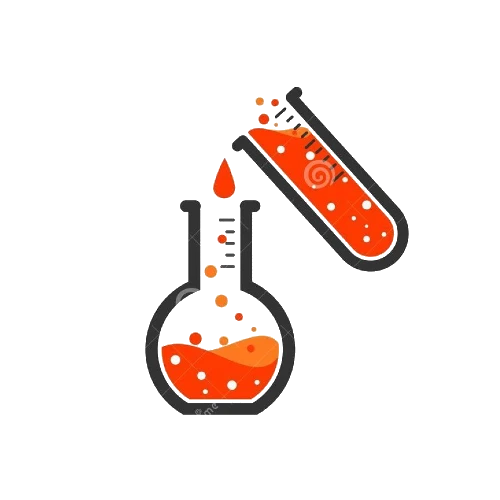Design of Experiments (DoE) is a structured, statistical method used in the pharmaceutical industry to determine the relationship between multiple input variables (factors) and the resulting outputs (responses). It is a cornerstone of Quality by Design (QbD) and is widely used in product development, process optimization, and validation.
🎯 Purpose of DoE in Pharma
- Identify critical process parameters (CPPs) and critical quality attributes (CQAs)
- Optimize formulation and manufacturing processes
- Improve product quality and process robustness
- Reduce development time and cost
- Support regulatory filings with scientific rationale
🧪 Applications of DoE in Pharma
- Formulation Development
- Optimizing excipient levels, drug release, stability
- E.g., selecting binder type and concentration for tablets
- Process Development
- Mixing speed, granulation time, drying temperature
- E.g., optimizing fluid bed granulation or coating processes
- Analytical Method Development
- Selecting optimal detection wavelength, pH, or flow rate
- Scale-Up and Technology Transfer
- Understanding variability and critical limits at larger batch sizes
- Cleaning Validation and Hold Time Studies
📊 Types of DoE Designs
| DoE Type | Use Case |
|---|---|
| Full Factorial Design | Evaluate all possible combinations of factors |
| Fractional Factorial Design | Reduce experiments while identifying key factors |
| Response Surface Methodology (RSM) | Optimize levels of significant variables |
| Plackett-Burman Design | Screening large number of variables quickly |
| Central Composite Design (CCD) | For curvature detection and optimization |
🧮 Basic Example
Objective: Optimize tablet hardness
Factors: Compression force, granule size
Response: Hardness (kP)
A DoE can help determine which factor affects hardness more and what the ideal setting is for consistent product quality.
📑 Regulatory Support
- ICH Q8(R2): Supports use of DoE for enhanced pharmaceutical development
- FDA QbD guidelines: Encourage statistical tools like DoE for process understanding
- EU-GMP Annex 15: References use of DoE in validation and design qualification
✅ Benefits of DoE in Pharma
- Reduces trial-and-error experimentation
- Provides scientific justification for control strategies
- Increases process understanding and robustness
- Facilitates faster regulatory approvals with strong data support





